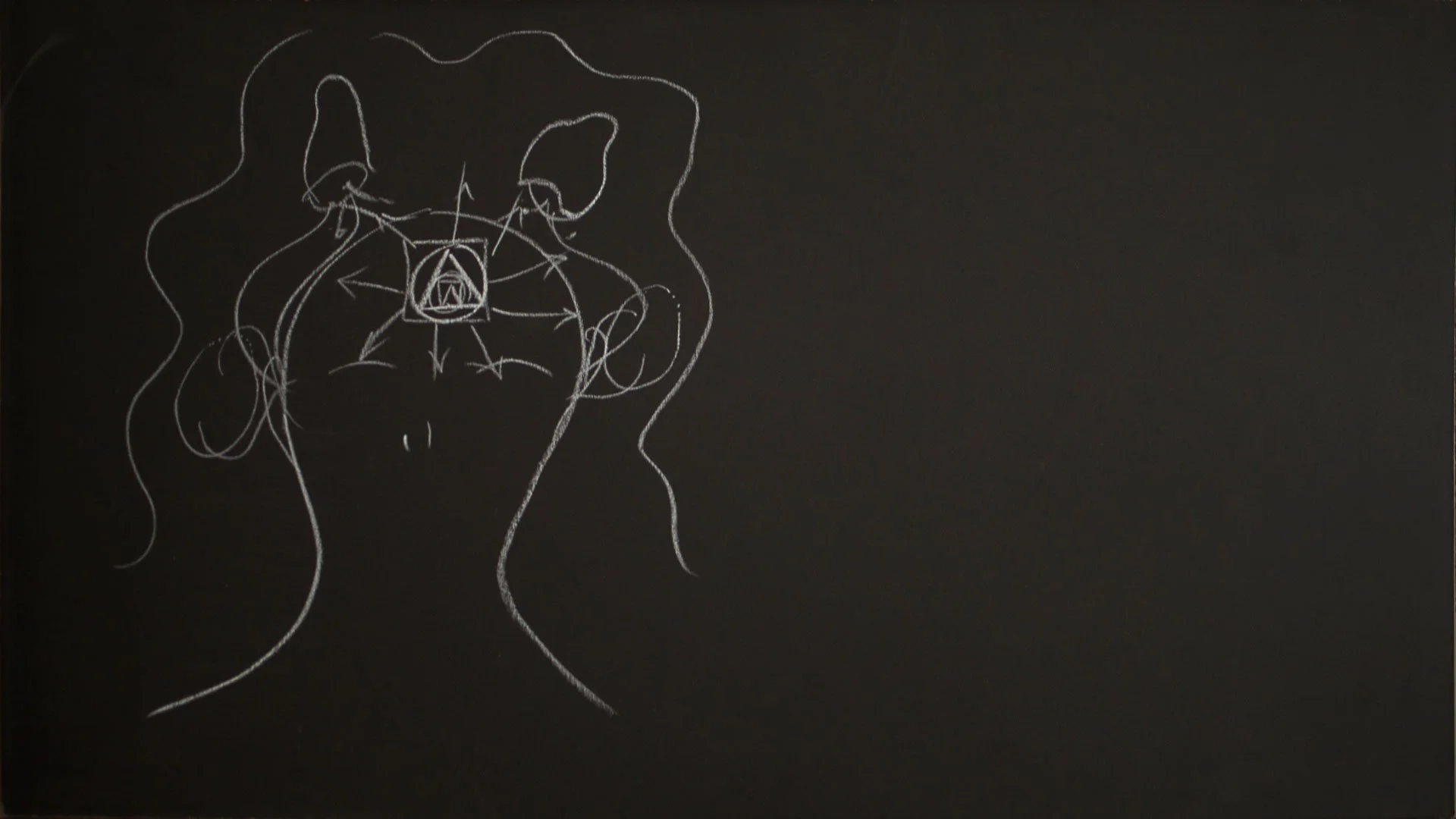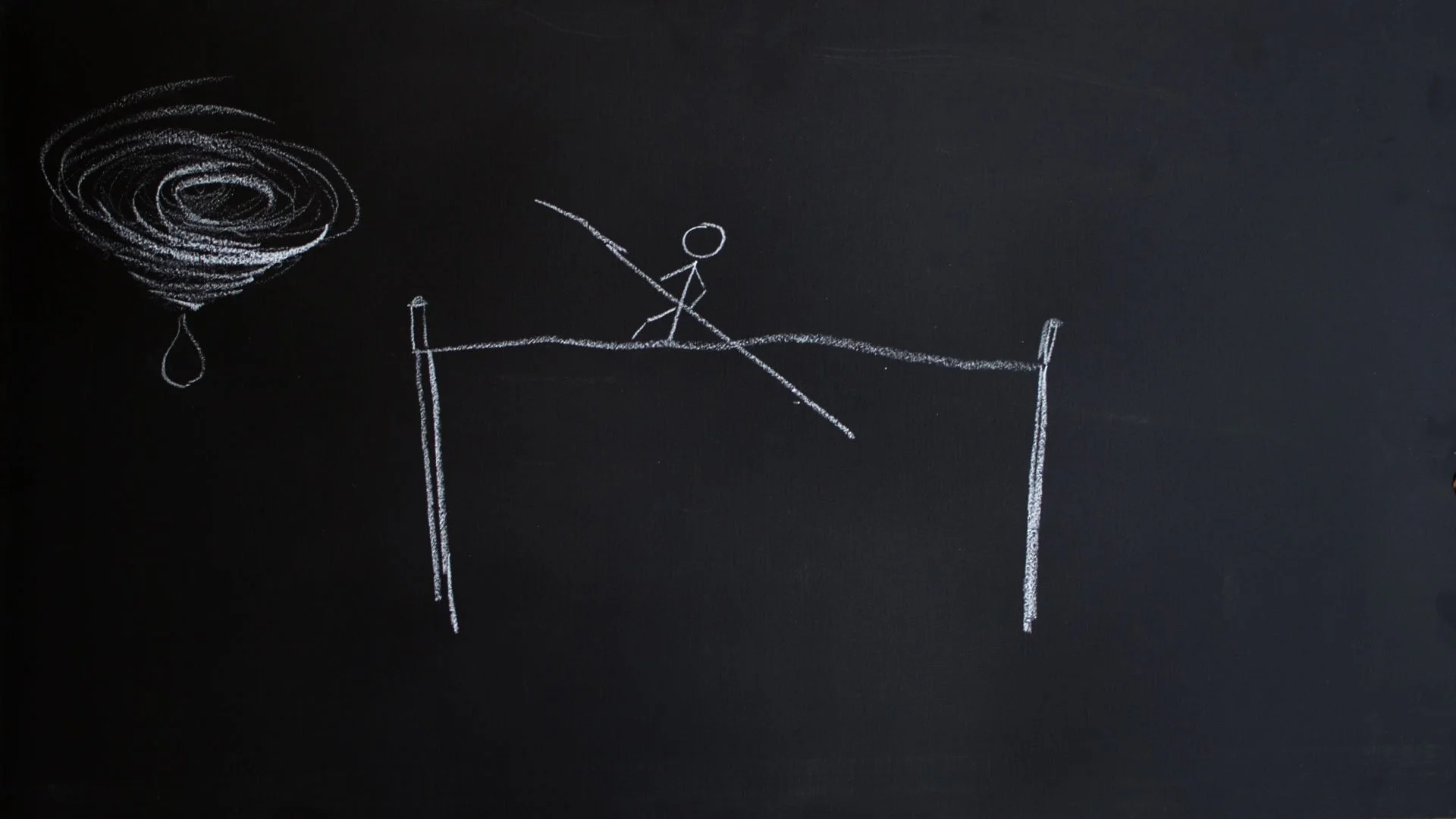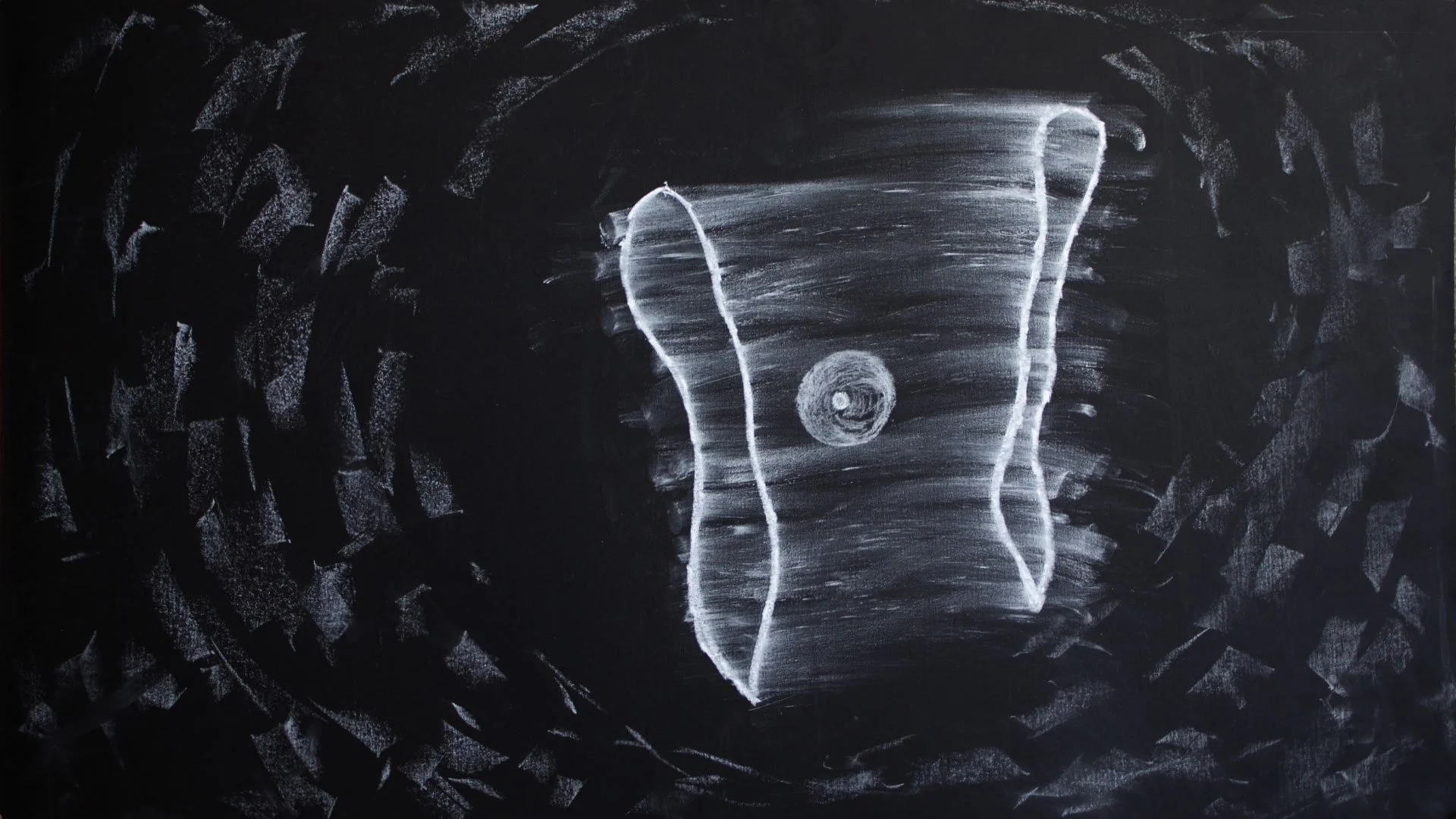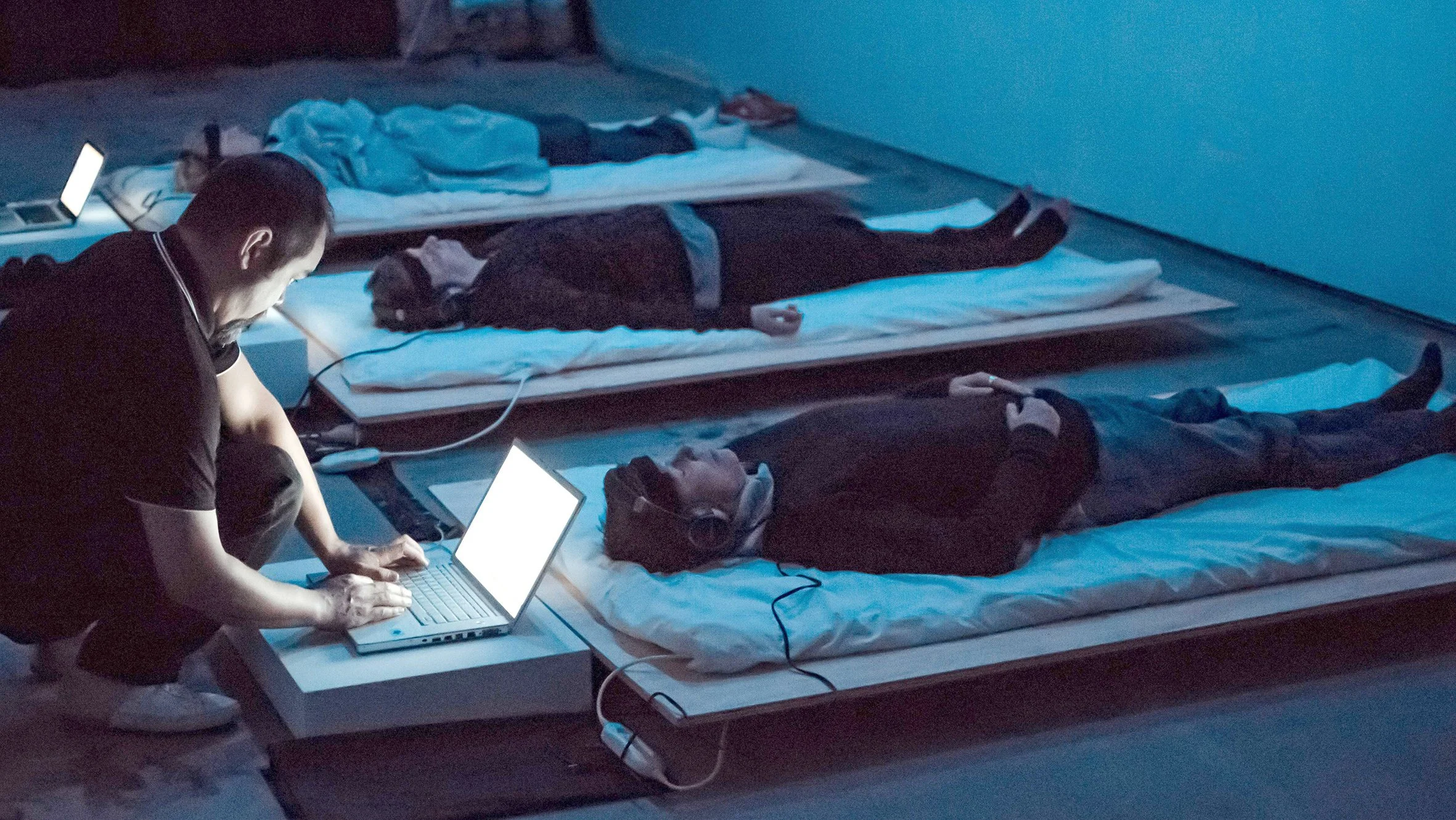Alpha Lab
An intimate participatory art and electronic music event exploring meditative states of attention facilitated by alpha brainwave neurofeedback and immersive electronic sound design.
Collaboration with James P. Brown
After their interaction with the brainwave controlled soundscape, participants were invited to make a drawing or diagram describing some aspects of their experience ‘in’ the work, and then describe their experience in an interview, using their drawing as a focus for relfection and recollection. The resulting interviews document the range of experiences and reflections supported by this unusual human-computer interaction.
AlphaLab explores connections between consciousness, subconsciousness, creativity and electronic art – combining experiential and interactive approaches with documentary and ethnographic aesthetics, to explore in a concrete and highly focussed way, the dynamics of consciousness itself as a material for aesthetic enquiry – in this case the open-foccused states of attention uniquely supported by Alpha neurofeedback training.
AlphaLab presents a unique form of electronic art, in which attention, experience and compositional form are deeply entwined.
Participants experience this work whilst resting on their backs, on specially designed beds fitted with vibro-tactile sub-bass speakers that augment the biofeedback sound they hear in their headphones, with low frequency vibrations into the back of their body.
Electronic soundscapes controlled by changes in Alpha brainwave activity are used to guide participants to a place of intense but wakeful stillness. A ‘low-alpha’ state associated with more wakeful ‘normal’ state of consciousness corresponds to crackling ‘noise’ textures. As the alpha-brainwave pattern increases in amplitude when the participant closes their eyes, and quietens their mind, these crackling textues subside, to reveal softer drone and bell textures.
The sounds I hear range from a constant, throbbing murmur that travels through my whole body, to bell-like tones that seem to call a higher consciousness.
My Alpha wave activity settles a little—the loud crackle subsides—but the beating bass tones continue, and I know my heart rate is going up, not down. I try a bit of yoga nidra relaxation—and get some bell sounds, yay! As soon as I think ‘yay’ the harsh crackle is back. This is the trick of meditation, and ThetaLab is creating an aural window into my process of ‘trying’ to achieve it.
As my time in the lab proceeds, I experience a few moments of real calm, where soft roads of sound like low cello begin to hum in one ear before eluding me again. And at the end, feeling a little like I can’t drum up a Theta wave to save myself, I can only think, wow, is that what it’s like inside my head?
Ursula Dawkins ‘Riding the Theta Waves’
RealTime issue #117 Oct-Nov 2013
Production Credits
George Khut: Interaction Design, Installation, Sound Design, Interviews
James P. Brown: Interaction Design, Sound Design, Interviews, Photography
Alinta Krauth and Andrea Dixon: laboratory assistant and interaction facilitators
Exhibition Dates
2012
Shop 2.04, 140 George Street, The Rocks (behind the MCA) Circular Quay, Sydney, New South Wales, Australia.. June 7th–10th, 6pm – 10pm
Acknowledgments
Special thanks to Sophie Greenfeild (Sydney Harbour Foreshore Authority, Rocks Popup); ISEA 2012 (Intenational Symposium for Electronic Arts); and dLux Media Arts.







